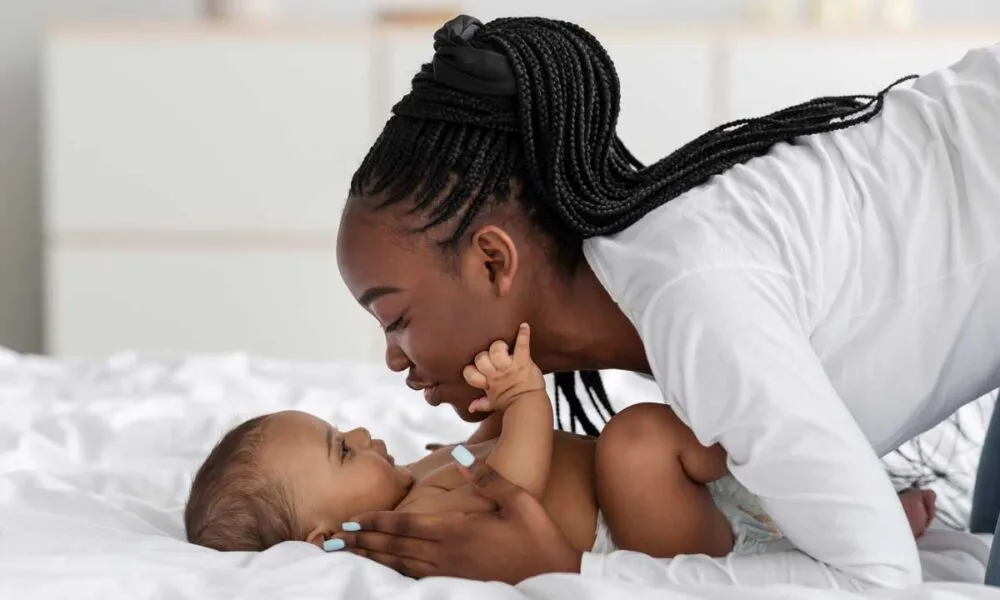
By Mary Alice Miller
Black people are resilient. We work, love, create, build, and advocate. We can only do these things with good health. Maintaining good health is a challenge due to racial disparities in health care and opportunities.
The NYC Dept. of Health defines health disparities as differences in health outcomes between groups that reflect social inequalities. These disparities result in more avoidable illnesses and deaths in one group as opposed to another. Factors that influence health disparities include social and physical environmental conditions, opportunities, and stressors that impact health, limited access to primary and preventative care, and the quality of care received.
Covid-19 exposed health disparities in Black Brooklyn. However, there are other glaring disparities. Residents of the poorest NYC neighborhoods experience more premature deaths than other New Yorkers.
The Center for Black Equity recently released a report calling vaping, including non-tobacco, flavored e-cigarettes, a tobacco harm reduction tool and attributes the downward trend in adult smoking rates over the past decade to vaping. The shift from cigarette smoking to vaping generated healthcare savings due to reduced lung cancer rates and increased economic growth.
“Smoking is the leading cause of preventable death in the U.S., and its principal victims are marginalized populations,” said former Congressman Ed Towns in a recent op-ed, arguing against the banning of flavored e-cigarettes in New York State and at the federal level. “The harm reduction benefits of broad access to nicotine e-cigarettes are critical to advancing positive health equity outcomes for communities I have long served, many of whom remain cigarette smokers looking for an alternative.”
A National Library of Medicine at the National Center for Biotechnology Information study found Blacks and immigrants are marginalized and experience healthcare inequities due to a lack of trust, discrimination, and social determinants (housing, food security, and other social factors). The study concludes that improvements in the healthcare system should be based on feedback from patients of color regarding their unique care experiences.
The New York State Taskforce on Maternal Mortality and Disparate Racial Outcomes found Black women are three times more likely to die in childbirth than white women. Black Women’s Health Imperative found in NYC, Black women are eight times more likely than white women to die from a pregnancy-related cause.
“There is a crisis,” said Assemblywoman Rodneyse Bichotte Hermelyn, chair of Kings County Democratic Party, who has personal experience with the issue. “In America, and in the state of New York, the maternal mortality rate is high – especially among Black women. The disparities are alarming, and Black women and Black babies are dying.” Bichotte Hermelyn hosted a forum on the topic at Brooklyn College with the goal of finding legislative and health care solutions.
There is a growing pattern of women facing criminal charges related to their pregnancies and pregnancy outcomes, such as abortion and miscarriage—this pattern, which disproportionately targets people of color, risks deterring people from accessing essential health care. Black women disproportionately experience adverse pregnancy outcomes due to inadequate healthcare and disproportionately experience disrespect, abuse, and punitive law enforcement responses when they seek pregnancy-related care.
Congresswoman Yvette Clarke and the Democratic Women’s Caucus urged the Biden administration to address “the longstanding pattern of criminalization of people on the basis of their pregnancies and pregnancy outcomes in the wake of Dobbs v. Jackson Women’s Health Organization.”
The Brooklyn Health Equity Index, a collaboration between One Brooklyn Health System, SUNY Downstate Health Sciences University, and the Arthur Ashe Institute for Urban Health, seeks to “measure how hospitals and healthcare systems are addressing equity with the long-term vision of providing healthcare organizations with a tool that will enable the organization to make systemic changes to promote health equity,” said Aimee Afable, Ph.D., M.P.H., associate dean for community engagement at SUNY School of Public Health. “There are many tools available to measure patient satisfaction, but these tools currently don’t measure health equity. The Brooklyn Health Disparities Center is committed to reducing health disparities in Brooklyn and increasing the level of engagement of academics, community members, and policymakers.
The Health Equity Report cited Brooklyn as having 45% of residents with Medicaid insurance and 8.2% with no health insurance. 13% of Brooklynites 18-64 years old have a disability—the rate of preventable hospitalizations is 126 per 10,000 population. Brooklyn has 4.8 homicide-related deaths per 100,000 population. Emergency room visits for asthma are 112.7 per 10,000, 4.3 per 10,000 for diabetes hospitalizations, 13 per 10,000 for heart attack, 128.4 per 100,000 for gonorrhea in females, and 381.5 for males, 94.9 per 100,000 for syphilis in males, and 23.4 newly diagnosed HIV cases per 100,000. Opioid use, abuse, and overdose deaths in Brooklyn are 299.4 per 100,000, and suicides are 5.2 per 100,000.
The New York Health Foundation recognizes racial and ethnic health disparities and does grant-making to address equitable access to healthy food, empower expectant parents, meet the needs of minority veterans, engage patients of color as partners in their health care, address the needs of formerly incarcerated New Yorkers, and training health care providers on equity issues.
According to One Brooklyn Health, there is a 13-year life expectancy gap for residents in East and Central Brooklyn. OBH seeks to identify factors contributing to adverse health outcomes and build on current strategies to improve the health and overall well-being of the communities it serves.
At a recent forum called Health Equity in Action: Community in Care, Torian Easterling, MD, MPH, Senior Vice President of Population and Community Health and Chief Innovation Officer of One Brooklyn Health, said, “In order to achieve the outcomes that we need, we have to do it together.”

